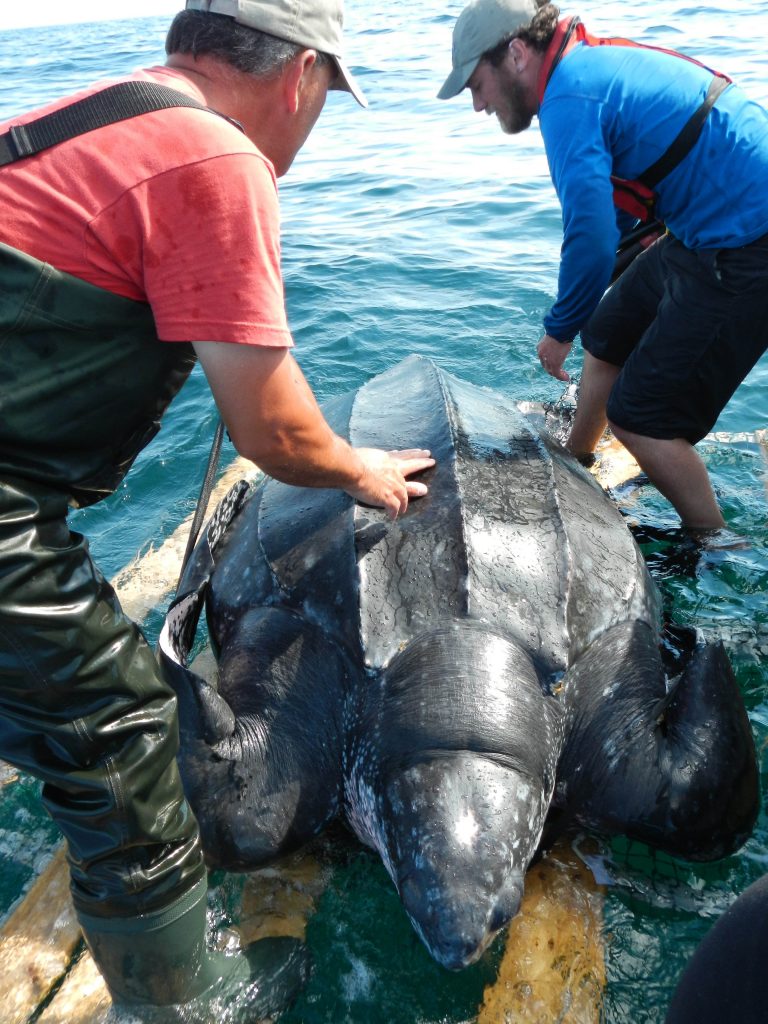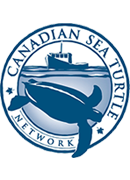Most research on leatherback sea turtles in the Atlantic Ocean takes place in South and Central America, where scientists can find adult female turtles nesting on tropical beaches. Here in Atlantic Canada, our circumstances are different. Leatherbacks do not come onto land in Canada, so we can’t expect to find turtles on the beach. We do all of our work with these animals at sea. We help bring marine scientists and fishermen together, making it possible for these groups to study leatherbacks collaboratively. Fishermen know things about the sea that you won’t learn from reading a text book. With help and insights from our friends in the fisheries, the scientists we collaborate with can go out and find the turtles which we study. During the summer months, we work along the South Shore of Nova Scotia and in Cape Breton. Since our founding in 1998, we have contributed to groundbreaking sea turtle science.

